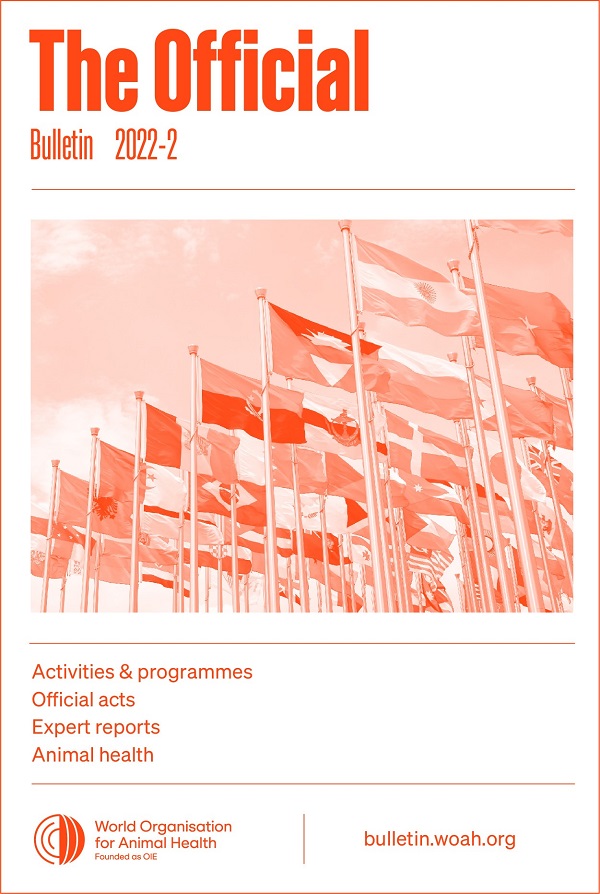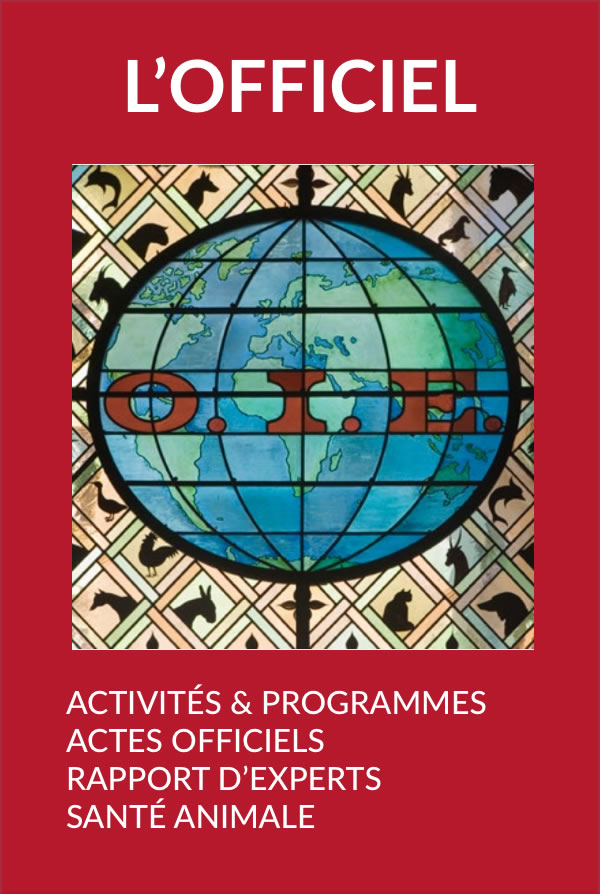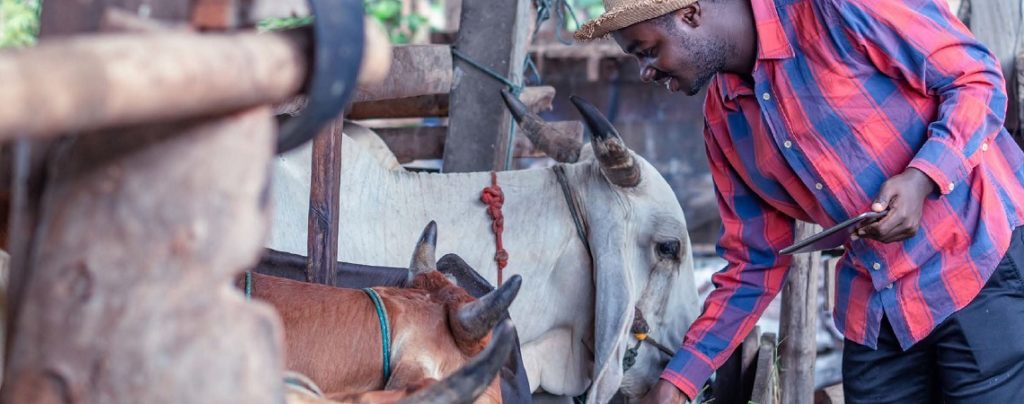Activities & Programmes Posted on 2022-10-17 14:21:49
partners
The GF–TADs Management Committee – a dynamic governing body
Keywords
Dr Jean-Philippe Dop leads the delegation from WOAH, accompanied by Dr Montserrat Arroyo and Dr Neo Mapitse. The FAO is represented by Dr Keith Sumption, who leads the delegation, in addition to Dr Madhur Dhingra and, until recently, Dr Berhe Tekola. The Global Secretariat assists in organising MC meetings and following up on recommendations, and consists of a mixed team from both FAO and WOAH: Dr Bouda Ahmadi and Dr José Urdaz from FAO and Dr Alexandre Fediaevsky from WOAH.

Since the COVID pandemic, the MC has changed from biannual, two-day, physical meetings to monthly, two-hour, virtual meetings, which have proven to be a very effective way to keep momentum and to allow the two delegations to build mutual trust, despite the absence of in-person contact. However, with the adoption of the GF–TADs strategy for 2021–2025, the MC is considering reducing the frequency of meetings to bimonthly, and will reintroduce one to two physical meetings per year.
The Management Committee guides the implementation of the GF–TADs strategy
The MC discussed the next steps for the implementation of the GF–TADs strategy for 2021–2025. First, a work plan will be developed in three steps. The first step will include the activities of TAD working groups and a regional GF–TADs platform; the second step will include activities conducted by FAO or WOAH in contexts other than GF–TADs but which nonetheless contribute to the strategy’s outputs; and the final step will involve contributions made by external partners, particularly at the regional level.
To accompany the implementation of the GF–TADs strategy and develop specific guidance, the MC decided to establish a Partnerships and Financing Panel (PFP) and has invited potential participants to answer an open call for expressions of interest. The MC also provided recommendations on the work plans that should be developed and submitted by the Foot and Mouth Disease Working Group (FMD WG) and the Peste des Petits Ruminants Global Eradication Programme (PPR Secretariat) by the end of March 2022. The main recommendations included:
- connecting all the activities and expected outcomes of the global strategy and specific TADs strategies
- including all relevant activities of FAO and WOAH
- indicating which activities were undertaken by FAO or WOAH, and which were joint activities
- including timeline and monitoring and evaluation (M&E) components.
The MC followed up on the implementation of previous recommendations, in particular those that involved:
- updating the terms of reference of the joint PPR Secretariat
- the action plan to achieve the global absence of circulation of FMD serotype C
- the potential synergies between FMD and PPR groups, in particular regarding the provision of support experts to help countries to develop and assess their own national control programmes.
 The MC also promotes the sharing of findings between groups. It held one such forum after the FMD Roadmap meeting in December 2021 for the Middle East, and organised another before a PPR sub-regional follow-up meeting in the Gulf countries and Yemen in January 2022.
The MC also promotes the sharing of findings between groups. It held one such forum after the FMD Roadmap meeting in December 2021 for the Middle East, and organised another before a PPR sub-regional follow-up meeting in the Gulf countries and Yemen in January 2022.
The MC also discussed the possibility of organising an inter-regional meeting on lumpy skin disease between Europe and the Asia−Pacific region, and encouraged discussion of the development of an action plan for highly pathogenic avian influenza, according to recommendations from the 12th Global Steering Committee of the GF–TADs, to increase coordination and support for controlling this disease.
https://doi.org/10.20506/bull.2022.2.3322












